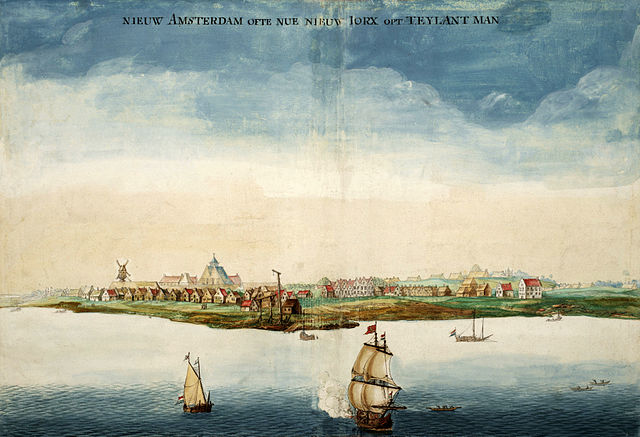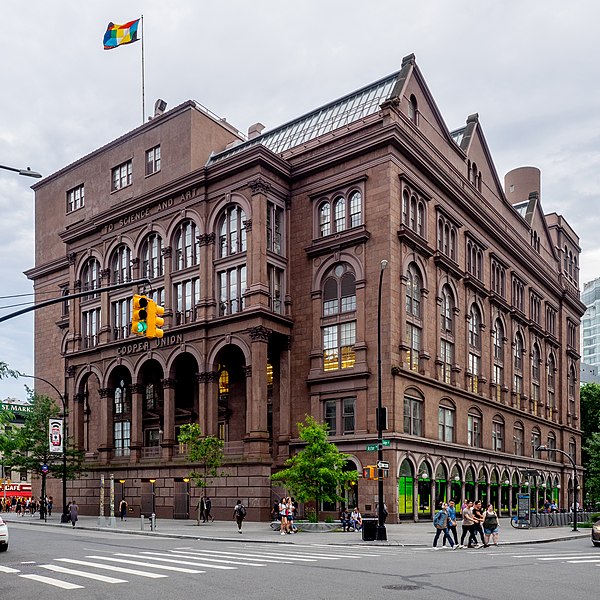70 Pine Street is a 67-story, 952-foot (290 m) residential building in the Financial District of Lower Manhattan in New York City. Built from 1930 to 1932 by energy conglomerate Cities Service Company, the building was designed by the firm of Clinton & Russell, Holton & George in the Art Deco style. It was Lower Manhattan's tallest building and the world's third-tallest building upon its completion.
70 Pine Street
Upper section of the building, showing the small terraces on each setback
A miniature model of the building, incorporated between the eastern entrance portals on Pine and Cedar Streets
The Art Deco lobby
Lower Manhattan, also known as Downtown Manhattan or Downtown New York, is the southernmost part of Manhattan, the central borough of New York City. The neighborhood is the historical birthplace of New York City and for its first 225 years was the entirety of the city. Lower Manhattan serves as the seat of government of both Manhattan and the entire City of New York. Because there are no municipally defined boundaries for the neighborhood, a precise population cannot be quoted, but several sources have suggested that it was one of the fastest-growing locations in New York City between 2010 and 2020, related to the influx of young adults and significant development of new housing units.
Lower Manhattan, including Wall Street, anchoring New York City's role as the world's principal fintech and financial center, with One World Trade Center, the tallest skyscraper in the Western Hemisphere
New Amsterdam, centered in what eventually became Lower Manhattan, in 1664, the year England took control and renamed it New York
Peter Stuyvesant
Cooper Union at Astor Place, one of Lower Manhattan's most storied buildings, where Abraham Lincoln gave his famed Cooper Union speech on February 27, 1860








